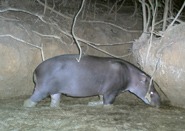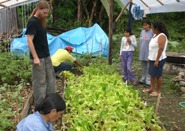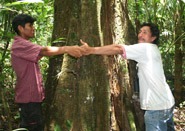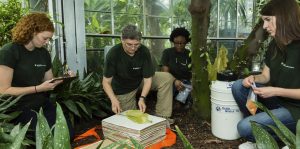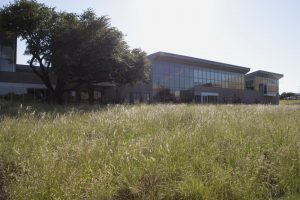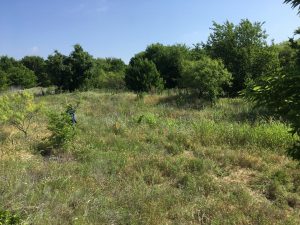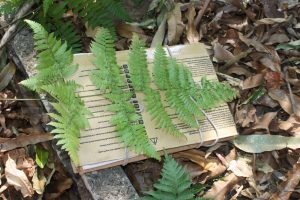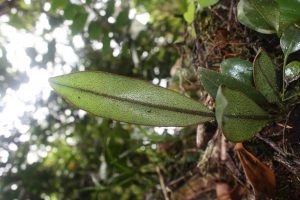The region where the eastern slopes of the Andes Mountains meet the Amazonian lowlands harbors one of the greatest concentrations of biological diversity on Earth. Thousands of species and many complex tropical ecosystems exist along an altitudinal gradient from 4,000 meters (13,000 feet) in the Andes to 200 meters (650 feet) in the Amazonian lowlands. Vegetation varies with climate from grasslands and cloud forests at high elevation to rainforests, palm swamps, and tropical bogs in the lowlands. This region remains one of the last pristine sanctuaries of biological diversity in the world and is the focus of major conservation efforts as threats grow from human encroachment.
To understand the rich biological diversity of this region and to contribute to wise conservation planning, the BRIT-AABP team and their collaborators conducted botanical and ecological inventories and investigations of plant-animal interactions from the high Andes to the Amazonian lowlands. After nearly a decade of research, the Andes to Amazon Biodiversity Program focused on five principal components, which are to (1) investigate the diversity and ecology of the flora, fauna, and ecosystems of the Andes-Amazon region; (2) conduct research and development in tropical horticulture, agriculture, and forestry; (3) design and develop new technologies for biodiversity science and conservation; (4) execute education and training for community-based biodiversity science and conservation; and (5) support conservation in the Andes-Amazon region of southeastern Peru with real data and expert knowledge.
This research could not have been completed without the support we have received from various project sponsers, which include the National Science Foundation (NSF), Environmental Systems Research Institute (ESRI) Conservation Program, DiscoveryFoundation, Moore Foundation, and private donors.
More Information About AABP
The AABP team was established within the Peruvian Andes and Amazon for over seven years. During this time, the team established connections with other scienctific organizations and non-profits. These collaborations led to many publications regarding the conservation of this highly diverse area. This research also helped to create new laws regarding wetlands in Peru.
